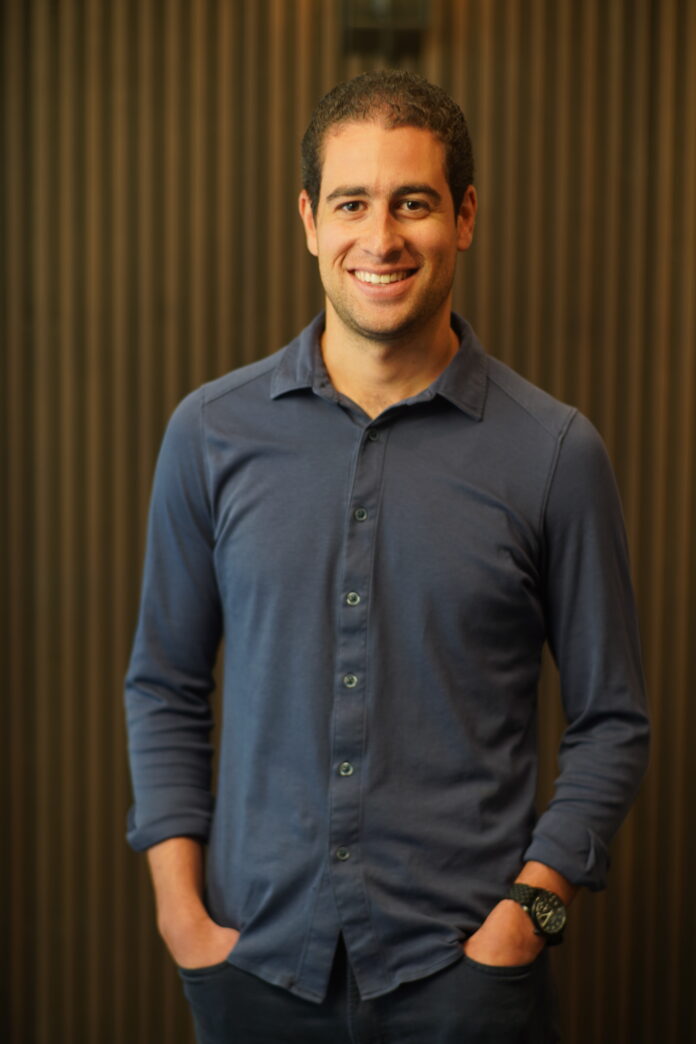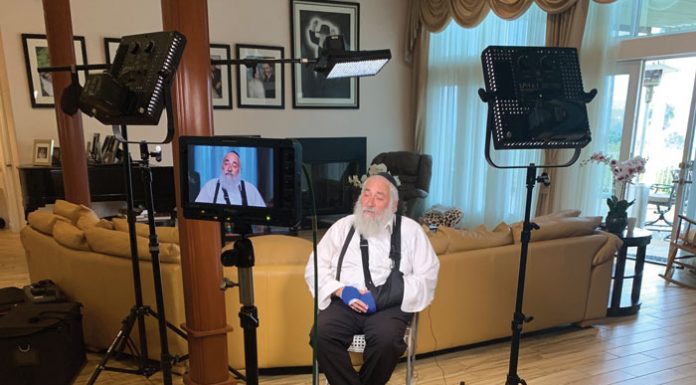Quick, what does Omakase mean?
Meyer Safdieh was looking for a new start after Covid wiped out his short-lived coffee franchise. Together with his partner, they started the first Omakase-type sushi in the kosher world. The concept of Omakase is that you are seated at a table facing the sushi chef, who selects what sushi you will eat in a multi-course meal. It is considered the elite way to enjoy sushi, with prices ranging up to several hundred dollars per person in the secular world.
From a summer of private parties to three restaurants and growing, Meyer’s story is a classic American business story. Meyer joined with Teddy Khafif, who started Akimori, and together they have built a unique hospitality company in the kosher sushi space.
Whether you like sushi or not, Meyer’s journey is one that any business can relate to. We discussed the strategies he used to grow his business, the hardships he faced and what people can do to help their friends grow their business. There is a lot to learn, even without sweet sauce—you’ll see what I mean. Enjoy!
—Nesanel
I was born and raised in the Syrian community in Brooklyn, New York. I am one of four children, two sisters and a brother. I went to Magen David yeshivah from elementary through high school. My father worked as a costume jewelry salesman for many years until he decided to follow his lifelong passion of becoming an English teacher.
“I wasn’t entrepreneurial at all as a kid or teenager. I was a deep thinker and would have ideas of starting my own thing, but they were all in my head. I’m a shy, quiet person, and my personality only came out when I embarked on my career.
“I liked the hospitality space—the concept of serving people and transforming dining into a unique experience. I believe I got that from my father. He would know what glass to serve a specific wine in or what dishes to use to serve a specific dish.
“After high school, I landed my first job in this space by working as a barista at a coffee shop called The Coffee Bean & Tea Leaf. They are a popular brand with stores throughout the US, and someone was franchising over a dozen stores in the tri-state area between 2011 and 2016.
“I began working in the store located in the Century 21 department store in downtown Manhattan. I enjoyed working there, even though I was only making $9 an hour, because my goal was always to learn as much as I could. Whenever upper management would come to visit the store, I would approach them and ask if there were any opportunities to learn more about the business.
“One day they called me to their headquarters for a two-week project. The goal was to streamline the orders and determine which stores should receive which retail coffee.
“I’ll explain. All the branches in New York were owned by one entity. Besides serving cups of coffee, each branch sold retail bags of ground coffee for customers to brew at home. Some branches would receive too much and it would expire, while others would receive too little. I went from store to store, observing and taking notes. I rated stores based on size and sales and streamlined the ordering system.
“They liked what I did, and I soon became a staple in their corporate office in the city.
“I went to college at Johnson & Wales University and then finished my degree—in restaurant, food and beverage—at the New York City College of Technology.
“In high school, we used to do internships in 12th grade. I interned at a Brooklyn restaurant for a month. It was interesting to see the backend of the restaurant— the part the customer never sees. That piqued my interest in the hospitality field.
“The concept of fine dining seems very appealing to an outsider, but as with many business ideas and dreams, if I knew then what I know now about how much hard work it takes to build a business, I would never have gone into it. I’m glad I did, though, and I’m proud of what we achieved with Hashem’s help.
“I moved up the chain in The Coffee Bean & Tea Leaf management team, learning many different areas of the business. It was a great experience until September 30, 2016, when all the stores were closed down.
“I then had the opportunity to work with a small group in opening Martha Stewart Cafes. It was a concept that Martha Stewart always wanted to make a reality. We worked out of her offices and together with her for a year, but it never panned out and I was again out of a job.
To read more, subscribe to Ami





















